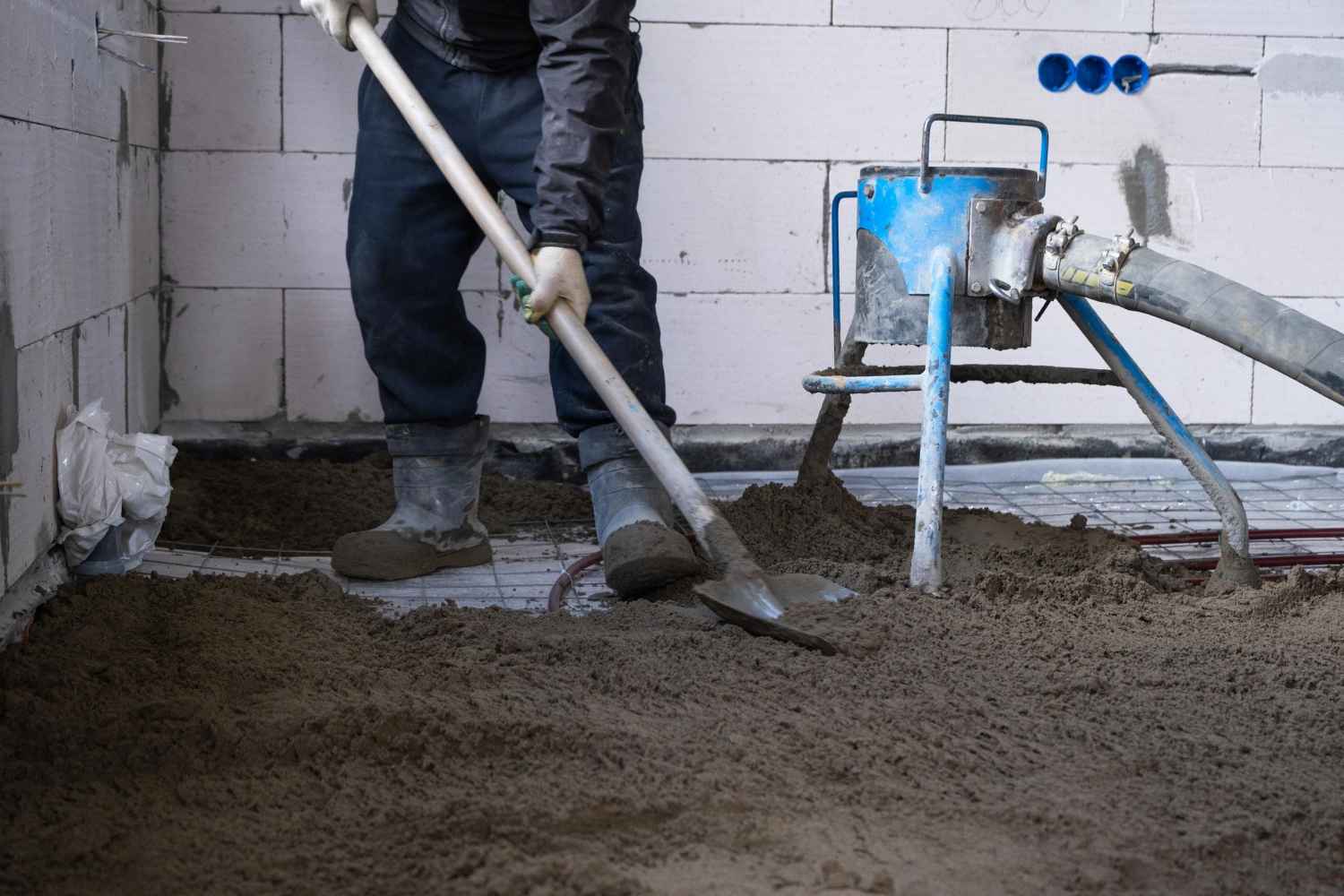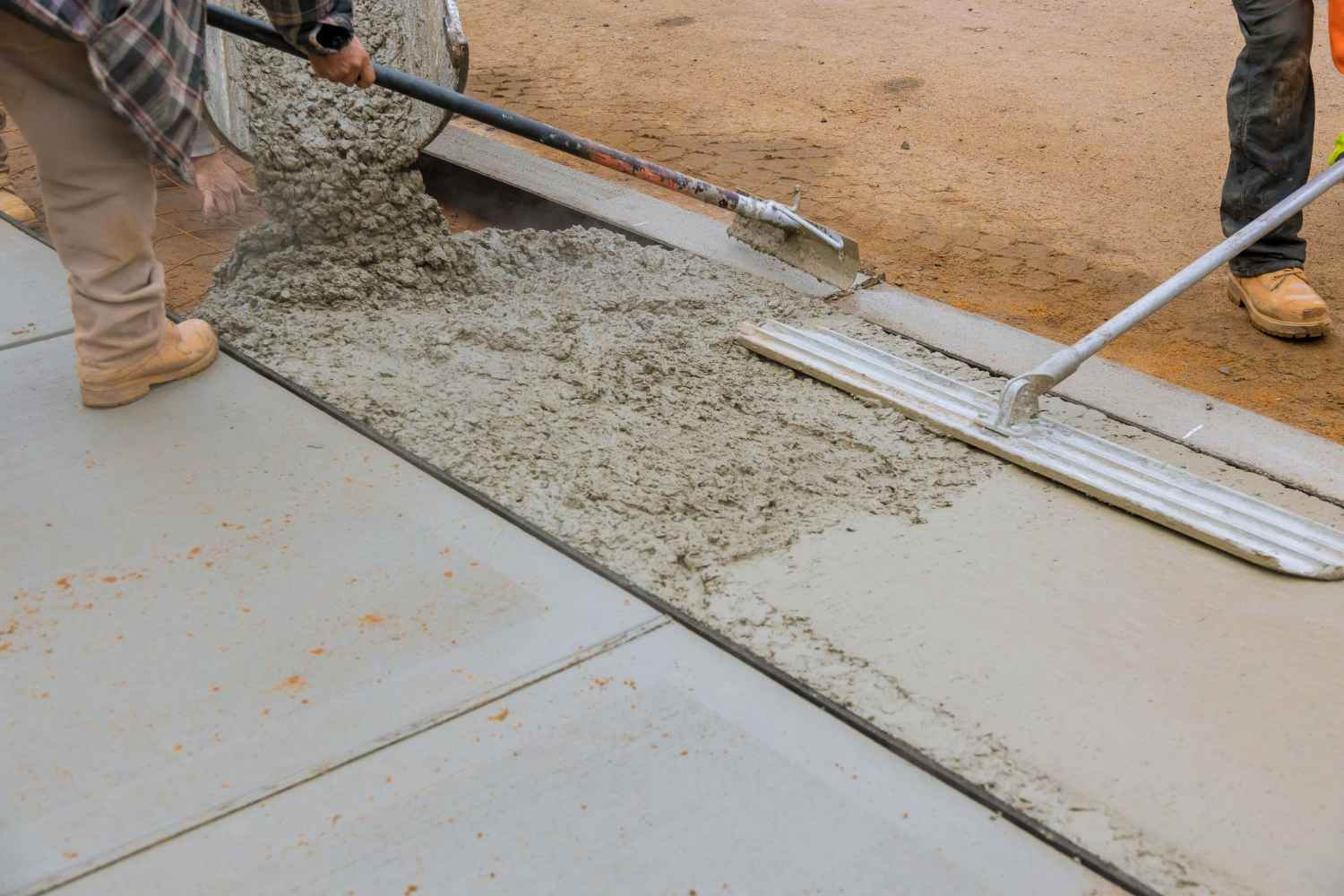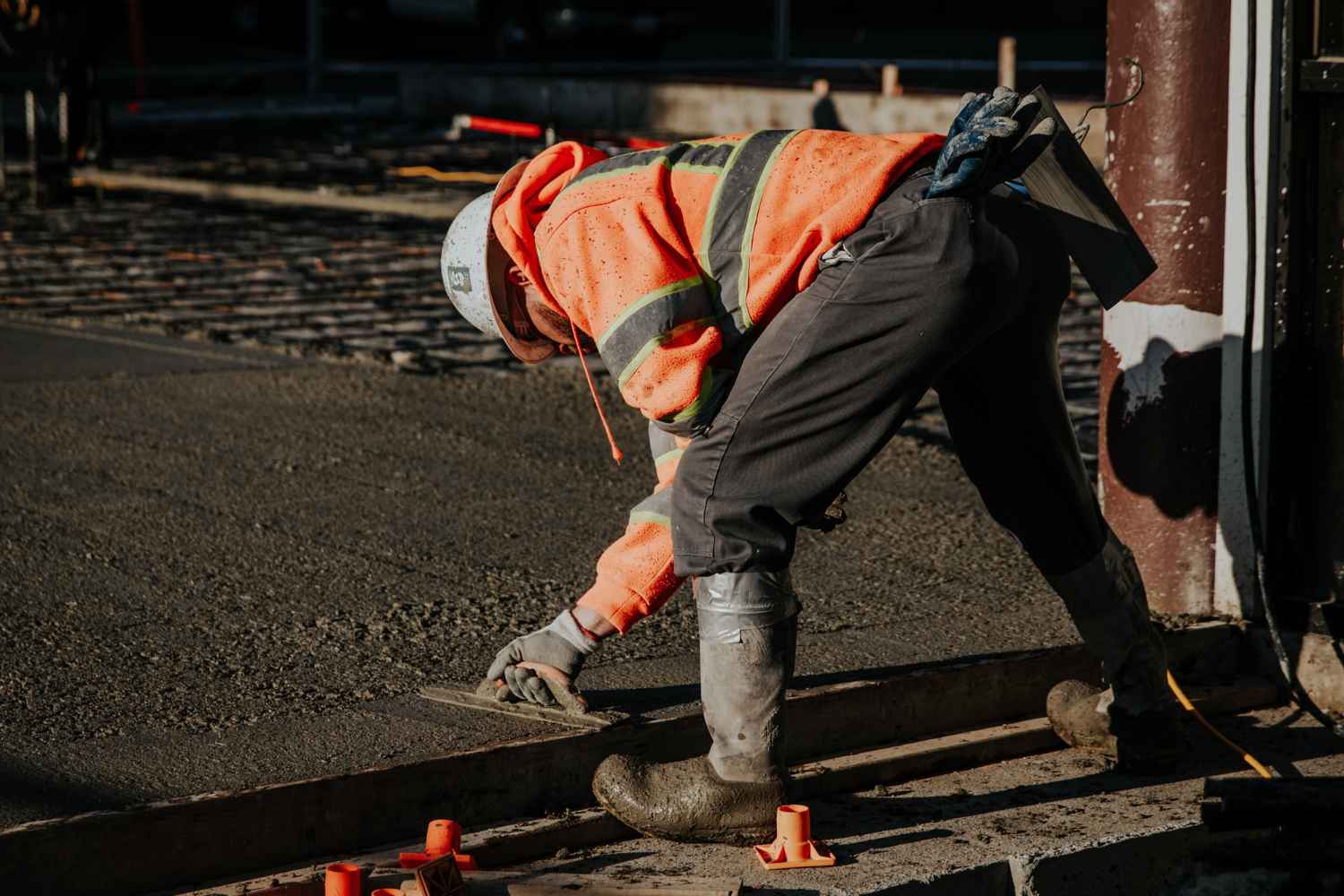Concrete flooring is exponentially growing in popularity, and it is easy to spot for what reason. Not only does the use of concrete make this flooring material extremely robust and economical, but using floor screed attains a smooth, elegant, and utterly flawless finish.
Floor screed performs a key function in concrete flooring, specifically for residential properties and corporations. As a matter of fact, that last layer executes its task too well and is frequently used to substitute carpets or hardwood floors that top the concrete.
So, to better understand the advantages of floor screed and the most effective way to use the material, let’s analyse the floor screed blend comprehensively.
Screed is a coarse sand and cement blend placed in a light layer.
Wood floor covering is created to hold down above a concrete subfloor. Afterwards, it might be either topped with another kind of aggregate flooring (similar to flat panels or floor covering) or kept unchanged.
The distinctive aspects of floor screed are all an effect of its usage of delicate aggregates. In contrast with concrete (that utilises big aggregates to provide it with a great deal of resistance), floor screed attains a seamless and tidier finish once set. It is also significantly simpler to guarantee that the floor screed sets in an entirely level layer.
For this reason, when blended with a layer of concrete below, your flooring will benefit from this combination.

As previously described, floor cement is normally created by blending cement, aggregates, and liquid.
The ratio is 1part cement + 2.5 parts sand + 0.5 parts water.
Having said that, the screed ratio needed depends on the following:
As an illustration, the residential property will need floor screed, which is significantly weaker in comparison to that of a manufacturing facility, where strength (even though it does not require to be as hard as normal concrete) shall continue to be a top priority.
Therefore, even though the screed ratio will differ for different projects, the following is a rule of thumb for conventional floor screed mixes:
Mix 1part cement with 2.5 parts sand and 0.5 parts water.
Mix 1part cement with 4 parts sand and 0.5 parts water.
Mix 1part cement with 3 parts sand and 0.5 parts water.
Other aspects to pay attention to when assessing your screed ratio incorporate the following:

There are different screed types accessible that are created for use for a variety of purposes, such as:
This screed type is placed above a current concrete or tar surface layer. It is afterwards joined to the layer underneath with the aid of an adhesion agent.
This screed type is placed above a water-resistant film. However, it is not connected to the base surface.
This screed type is placed above an isolating film, like Styrofoam, and is not connected to the base surface.
This screed type is blended with insulation materials to aid in isolating the flooring. The insulation materials can be perlite or vermiculite.
This screed type is created to be placed in a heavier layer, offering a foundational framework.
This screed type is created to be placed in a slimmer layer to even and smooth a current floor.

Adding a great deal of water can lessen the screed and enhance the drying period.
Adhering to the advised ratios is very important. Excessive or insufficient cement can undermine the screed’s integrity.
Assure comprehensive blending to prevent lumps and irregular distribution of elements.
This test estimates the uniformity and operability of the blend. The blend floor screed should remain unchanged in shape but continue to be practicable.
After the screed has healed, testing its compression capacity guarantees it complies with the required longevity and weight-bearing capability specifications.
Begin from the right edge of any corner and progress gradually. Assure the screed is streamed uniformly over the entire surface.
Employ a straightedge or a smoothing apparatus to the current floor to make sure the screed is streamlined and even.
Appropriate curing is necessary to avoid cracking and guarantee robustness. To safeguard the surface from drastic temperatures, keep it moist for several days.
If you have further queries regarding screed ratios, discuss them with an expert in concrete supplies, like the crew at Ready Mix Concrete London.
A boom pump uses a robotic arm (boom) to deliver concrete with precision at height or distance, making it ideal for large-scale and high-rise projects. A line pump, on the other hand, is better suited for smaller, ground-level jobs and uses flexible hoses to deliver concrete. We offer both types depending on your project requirements.
With a boom pump, concrete can be pumped up to 70 metres vertically and over 200 metres horizontally. Line pumps can reach around 150 metres horizontally, depending on the setup and hose diameter. Our experts will assess your site and recommend the best solution to reach even the most challenging locations.
Yes, it’s important to ensure the site is accessible, level, and free from obstructions. There should be enough space for the pump vehicle to park and operate safely. If you’re unsure about access or clearance, our team can provide advice or arrange a pre-site visit.
The duration of a concrete pumping job depends on the volume and complexity of the pour. In general, a typical residential pour can be completed in under two hours. Our efficient service aims to minimise downtime and keep your construction project on schedule.
Yes, concrete pumps can operate in light rain and mild weather conditions, but heavy rain, high winds, or frozen ground may delay or halt operations for safety reasons. We always monitor the forecast and keep you informed of any possible schedule changes.
Yes, all our pump hires include a trained and experienced operator who will handle the equipment and ensure concrete is placed efficiently and safely. They’ll also help guide you through the process on-site, ensuring a smooth pour every time.
Ready Mix Concrete London (Trading as Pro-Mix Concrete Ltd)
Copyright © 2025 | Ready Mix Concrete London (Trading as Pro-Mix Concrete Ltd) | All Rights Reserved.